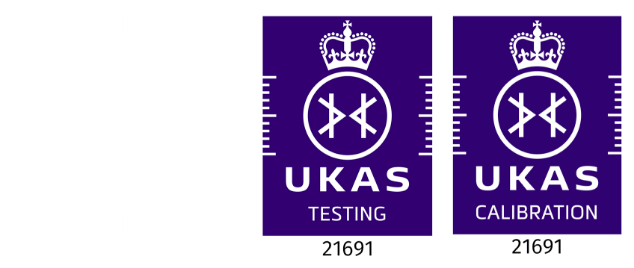Slip Tests and HSE Compliance in the UK
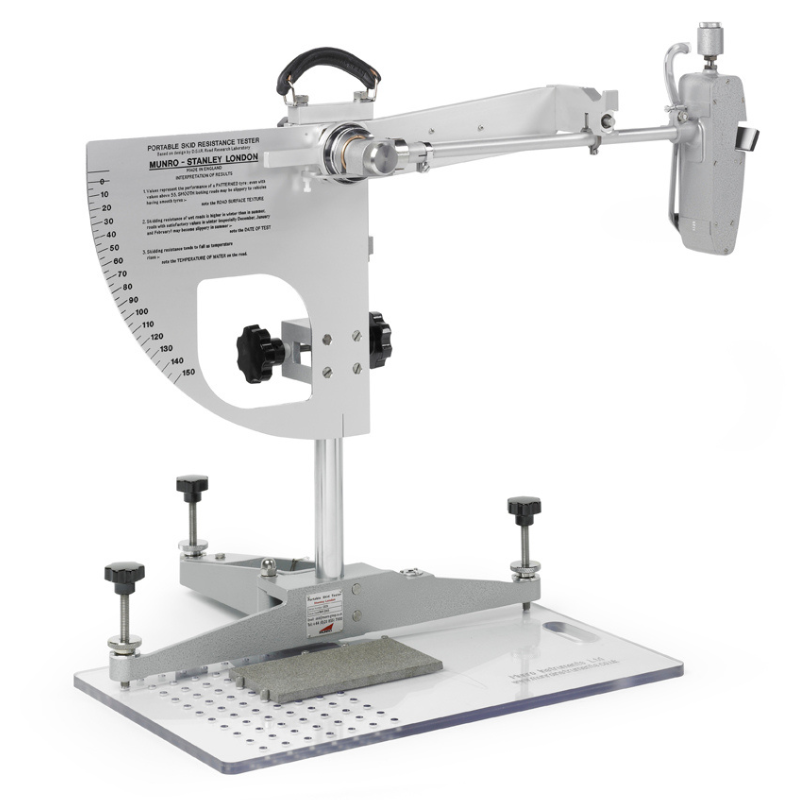
The Health and Safety Executive (HSE) is the UK’s watchdog when it comes to workplace safety. And they take slipping hazards very seriously. Regulations like the Workplace (Health, Safety and Welfare) Regulations 1992 and the Health and Safety at Work etc. Act 1974 make it crystal clear: employers must assess and control risks, including those […]
Slip Testing Standards: UKSRG, BS 7976, Pendulum Test, ASTM, DIN
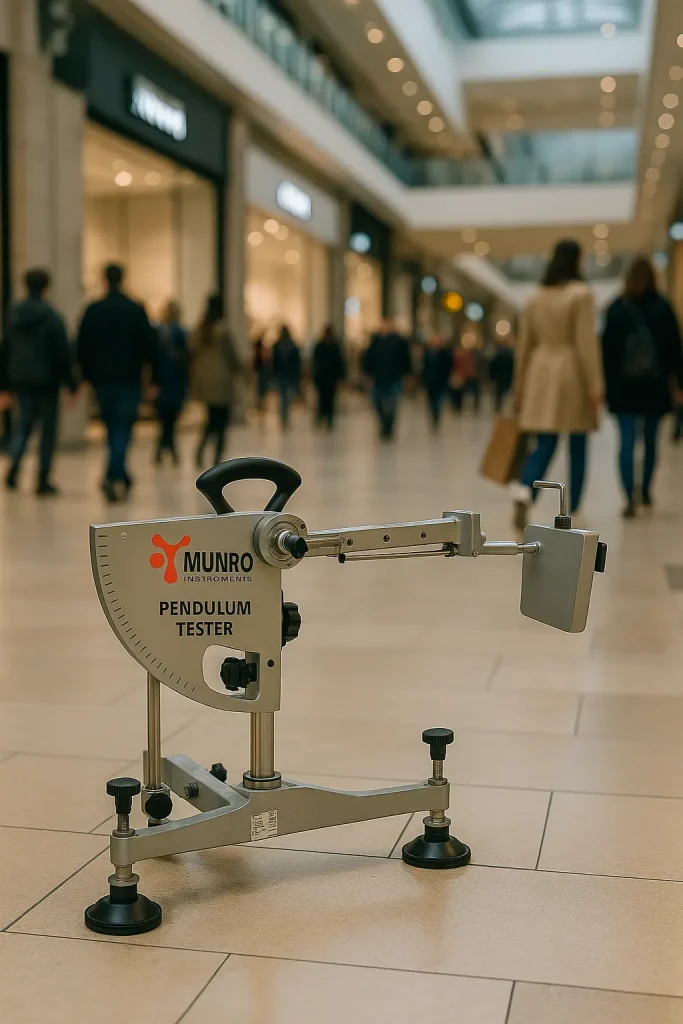
Slips, trips, and falls are among the most common workplace accidents worldwide. They cost millions annually in medical bills, lawsuits, and lost productivity. Slip testing helps prevent these incidents before they happen. Real-World Examples of Slips and Legal Consequences From multi-million-pound payouts in the UK to class-action lawsuits in the US, the absence of proper […]
Weather Station Applications in Agriculture

Agricultural weather stations are advanced monitoring systems that record, analyze, and transmit meteorological data such as temperature, humidity, rainfall, wind speed, solar radiation, and atmospheric pressure. Installed in fields, greenhouses, orchards, or near livestock farms, they provide hyperlocal data that supports precision farming practices. Key Components of an Agricultural Weather Station Thermometers – Track daily […]
Role of Weather Stations in Oil & Gas Field Operations
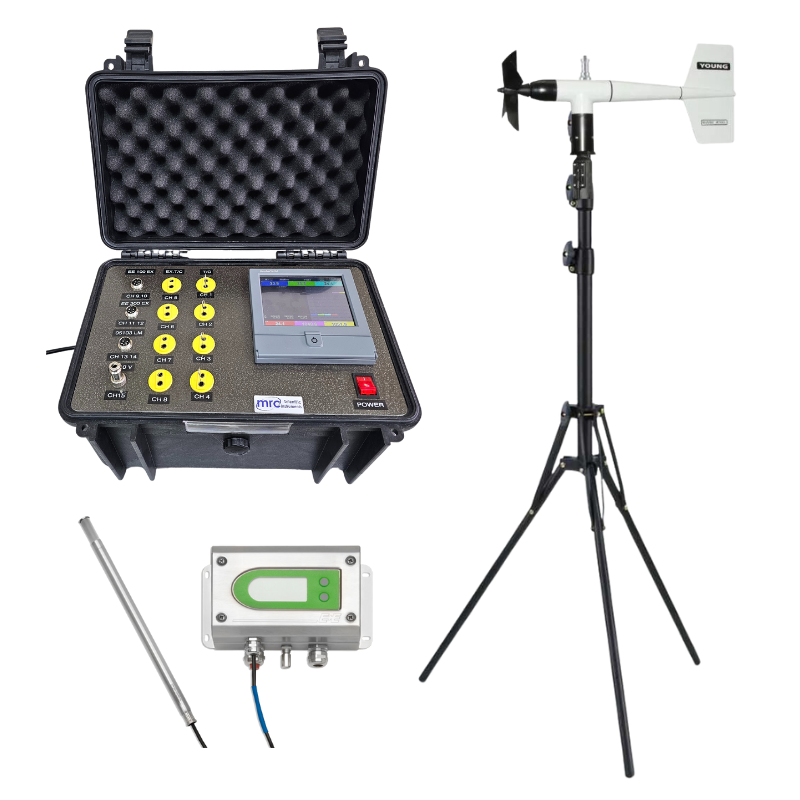
Industrial-grade weather stations are far more advanced than their consumer-grade counterparts. Designed to endure extreme conditions, they deliver precise, real-time meteorological data to inform critical decisions. Core Components Tailored for Harsh Environments Anemometers: Measure wind speed and direction Hygrometers: Monitor humidity levels Barometers: Track atmospheric pressure Thermometers: Record ambient temperatures Rain Gauges: Capture precipitation data […]
How Are Weather Stations Used in Construction and Civil Engineering?
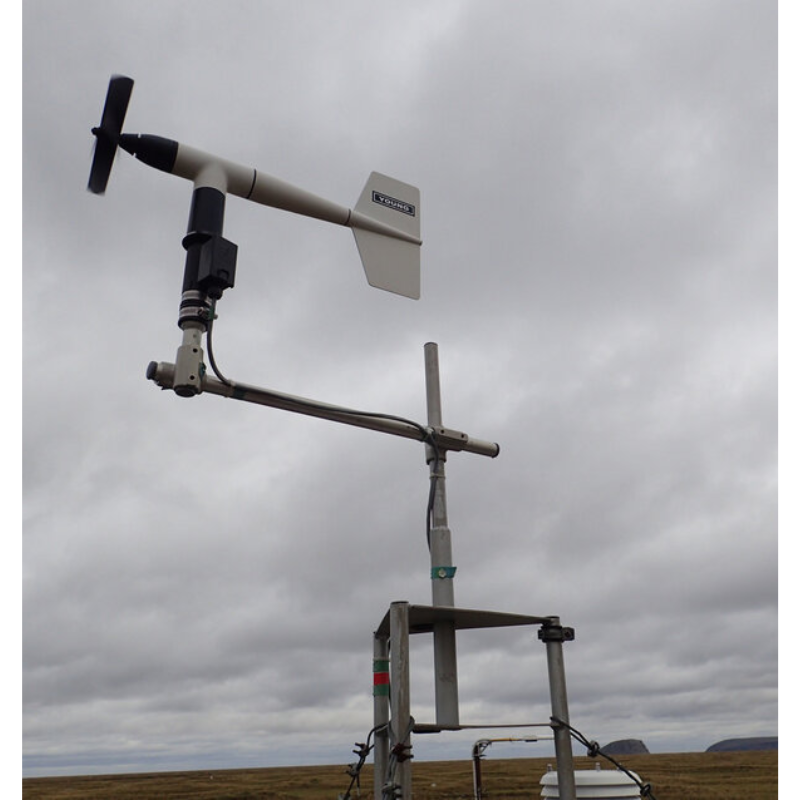
Construction and civil engineering projects are sensitive to weather conditions. Unpredictable weather can significantly impact project timelines, material handling, and workforce safety. But how exactly are weather stations used in construction and civil engineering to overcome these challenges? In this article, you’ll discover seven essential ways these powerful tools help ensure project safety, enhance efficiency, […]
Cup Anemometer For Wharfs
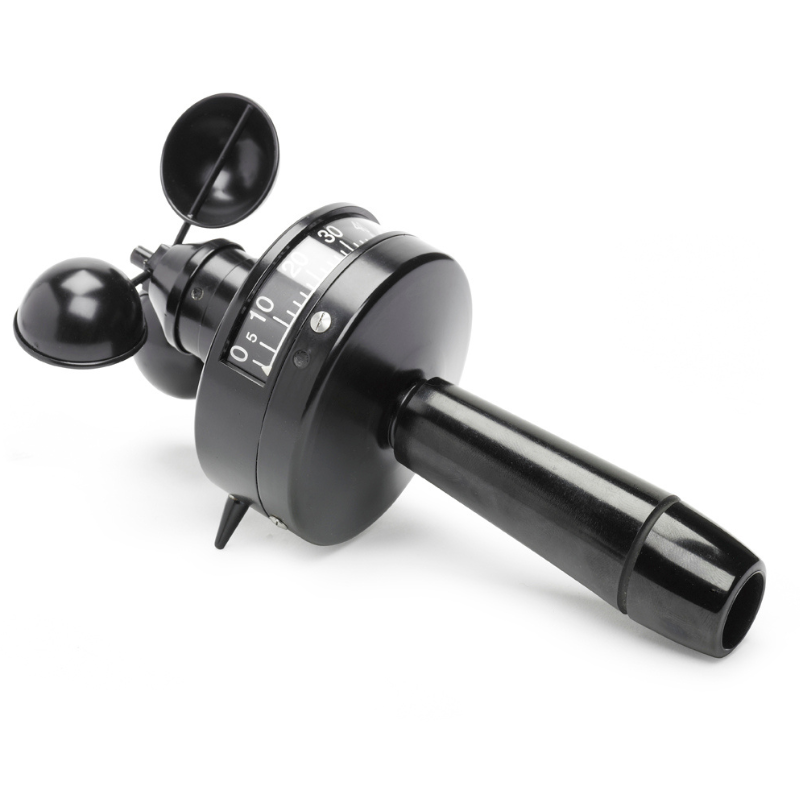
A cup anemometer is a crucial tool used for this purpose, offering accurate wind speed measurements that aid in maritime decision-making. What is a Cup Anemometer? A Cup anemometer is a device that measures wind speed using rotating cups. The speed at which the cups rotate is directly proportional to the wind speed, providing precise […]
Cup Anemometer for Greenhouse

Greenhouses provide controlled environments for plants to thrive, but climate factors such as wind can still affect their growth. One essential tool for monitoring wind speed inside and around greenhouses is the cup anemometer. This device helps regulate ventilation, prevent structural damage, and optimize energy efficiency. What is a Cup Anemometer? A cup anemometer is […]
SlipTest – Servicios de Pruebas de Resbaladicidad en Pisos
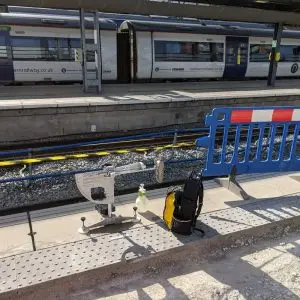
Garantizando la Seguridad del Suelo con el Probador de Péndulo Los resbalones y tropiezos son una de las principales causas de lesiones en el lugar de trabajo y reclamaciones por responsabilidad civil. Garantizar la seguridad del suelo no solo es un requisito legal, sino también un factor crucial para mantener un entorno seguro para empleados, […]
SlipTest – Bodenrutschtests
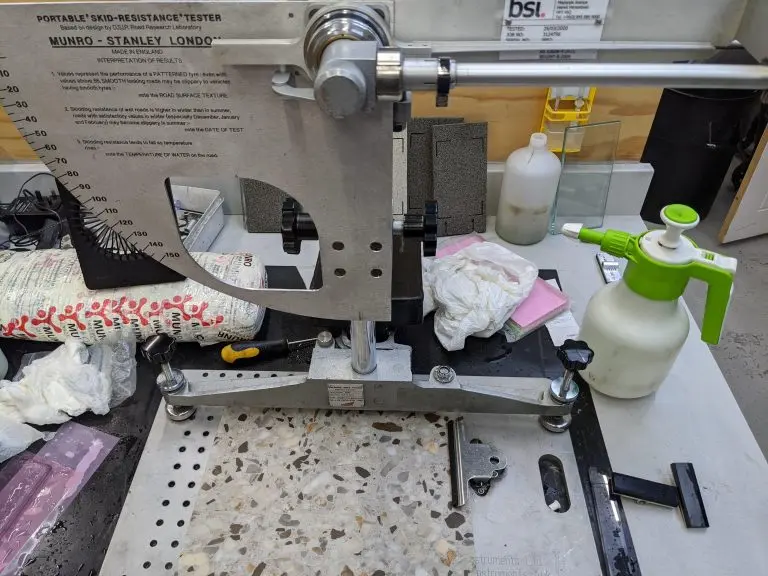
Sicherheit auf Bodenflächen mit dem Pendeltester gewährleisten Rutsch- und Stolperunfälle gehören zu den häufigsten Ursachen für Arbeitsunfälle und Haftungsansprüche im öffentlichen Bereich. Die Gewährleistung der Bodensicherheit ist nicht nur eine gesetzliche Verpflichtung, sondern auch ein entscheidender Faktor zur Schaffung einer sicheren Umgebung für Mitarbeiter, Kunden und Besucher. SlipTest ist auf professionelle Tests zur Rutschfestigkeit von […]
SlipTest – Services de Test d’Adhérence des Sols
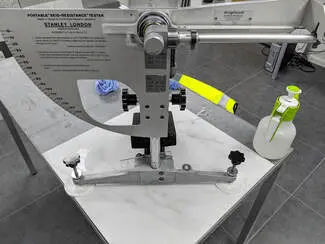
Assurer la Sécurité des Sols avec le Testeur à Pendule Les glissades et les chutes comptent parmi les principales causes de blessures sur le lieu de travail et de réclamations en responsabilité civile. Assurer la sécurité des sols n’est pas seulement une obligation légale, mais aussi un élément essentiel pour maintenir un environnement sûr pour […]



